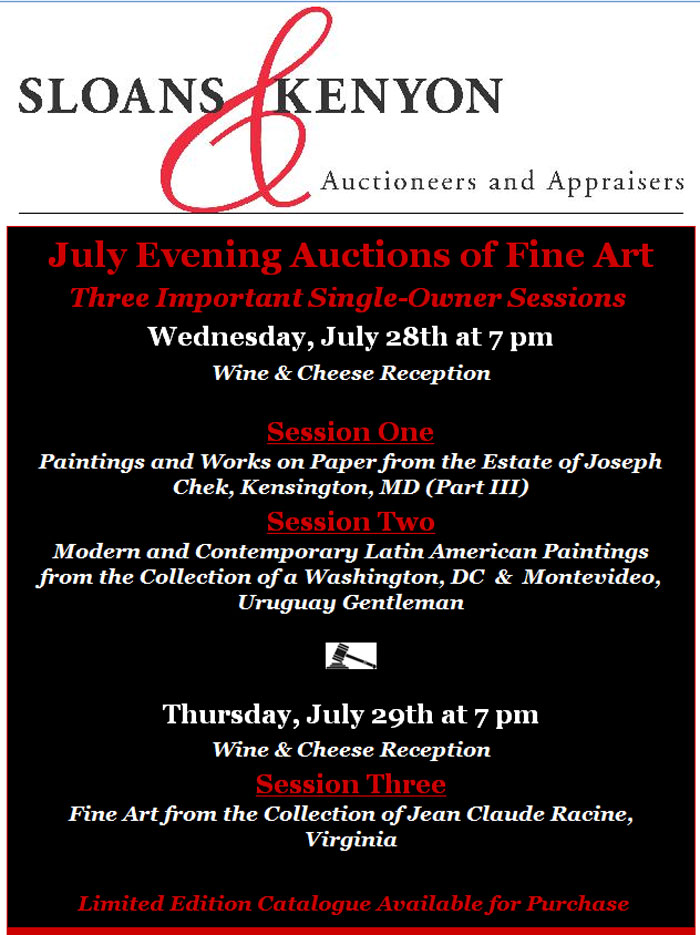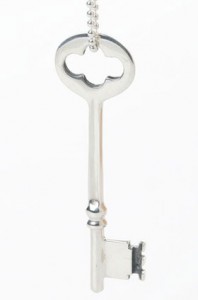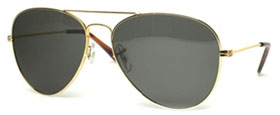When Teddy Roosevelt refused to shoot a bear that had been pursed to exhaustion and tied to a tree, he inspired Morris Michtom, a candy store owner, to design and sell a stuffed bear in his honor. This happened in 1902, and the Michtom bear with its jointed arms and legs would become the grand ancestor of one of the most popular and iconic toys in America. A century later, of course, it would also become a sought-after item among collectors of antique toys. But the Michtom bear shares this distinction with another bear, the Steiff bear, a toy designed and launched independently by German toymaker Richard Steiff at approximately the same time. Steiff was allegedly inspired by the sight of bears performing in a circus and wanted to create a toy that was jointed, soft, and somewhat human-shaped, part toy bear and part doll.
As all bear collectors—arctophiles—know, both Michtom and Steiff bears were a huge success. And since their popularity began to surge in 1904, any bear created before that year is considered one of the very first teddy bears in America, a rare and valuable find in the world of antique toys.
A wide diversity in teddy bear styles and features began to proliferate in 1906, and during the century that followed, many famous bear manufacturers rose and fell on the same waves that shaped American and European history. German bears, for example, experienced a reduced distribution to America during World War I. Only one German bear maker, Bing, managed to continue production during the war. This allowed British and American toymakers a new foothold in the teddy bear market, and when a certain British bear created by J. K. Farnell and Co inspired A. A. Milne to write the immortal Winnie-the-Pooh books in 1926, their ensuing popularity led Farnell bears to take their place beside Steiff and Bing bears as one of the most collectable antique toys of the present era.
So what sets Steiff, Bing, and Farnell Bears apart from other bears and from one another? As far as early Bing and Steiff bears are concerned, not much. In fact, Bing fought legally with Steiff over many early similarities between the two bears, including the famous button-in-ear feature. Early Bing bears had a metal plate attached to the ear with the letters GBN imprinted in a triangle. But after Steiff’s legal challenges, this identifier was called a “mark”, no longer a “button”, and it was moved under the left arm.
Both early Steiff and Bing bears had boot button eyes, usually black. Early Farnell bears had button eyes too, but later Farnell versions were distinguished by eyes made of amber colored glass. All three companies made their first bears with long, curved arms, spoon-shaped paws, and seams running up the front of the bear rather than the back. They also made their bears out of mohair and gave them features meant to resemble real bears, such as humped backs and longish, realistic-looking noses. Farnell bears often had stitched “claws” on the backs of their paws.
Among antique toys, Farnell, Steiff and Bing teddy bears are considered relatively safe items to collect since they are difficult to counterfeit. But always check the tags on your antique bear and keep an eye out for certain features like real mohair (not synthetic), velvet paw pads (rather than cotton), hand stitching, and wooden rather than metal or plastic joints. Also keep an eye out for “wood wool” stuffing, a kind of soft wood shaving. Even when the era of wool stuffing began in the 1920’s, Steiff, Bing, and Farnell were still using wood wool to stuff their bears’ heads.
Is your Steiff, Farnell or Bing bear valuable? As with all antique toys, the answer depends on the prevailing market and the condition of the bear. But recent buying guides have placed a Steiff jointed bear with a blank ear button, circa 1905, at about $1,225. Farnell and Bing mohair bears made before 1917 may be offered at similar prices. If you own a bear made during this period, or any plush antique toy, keep it safe. If you need to clean it, do so gently with a damp cloth. Better, have it cleaned by a professional. It’s easy enough to explain the popularity of the teddy bear—teddy bears are huggable! But this also makes them rare and valuable among antique toys, because they don’t tend to last long.
– Erin Sweeney







